What Body Armor Does the Military Use?
The US Military has a long and storied history and body armor has certainly played a leading role throughout the years.
Each branch of the armed forces – Army, Navy, Airforce, Marines, and Coast Guard – all have the need to protect their troops on the battlefield.
This blog will explore the different types of protection utilized by our modern-day armed forces, including the: US Special Forces, US Army Rangers, Navy Seals, Green Berets, US Marine Raiders, US Army, Naval Marines, US Airforce, National Guard, and first responders and law enforcement.
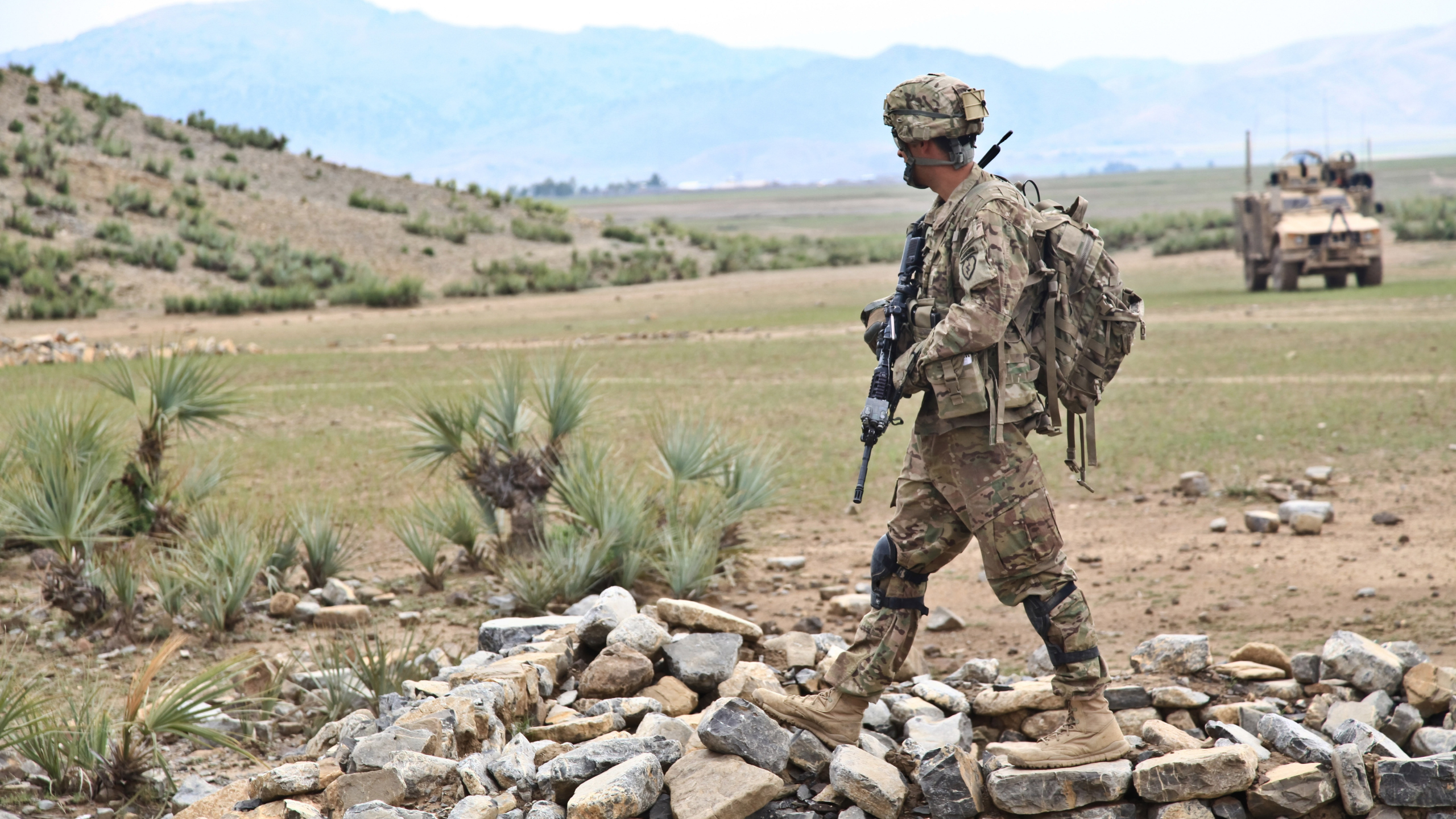
In general, the most common type of body armor used by the US Military is the Interceptor Body Armor (IBA), which is a bullet-resistant plate carrier that is worn over the soldier's uniform.
In conjunction with bulletproof plates, this type of body armor can stop most small-arms fire and is effective against shrapnel and other high-velocity projectiles.
The military also uses heavier body armor for more dangerous situations, such as the Improved Outer Tactical Vest (IOTV) and the Enhanced Small Arms Protective Inserts (E-SAPI). These vests provide much better protection against larger caliber bullets and high-velocity projectiles.  The US Military has been developing increasingly sophisticated body armor for its soldiers over the past few decades. This armor has saved countless lives on the battlefield and continues to evolve as the threats our soldiers face change.
The US Military has been developing increasingly sophisticated body armor for its soldiers over the past few decades. This armor has saved countless lives on the battlefield and continues to evolve as the threats our soldiers face change.
For example, a newer ballistic plate called the Lightweight Small Arms Protective Plate (LSAPP), which will offer even better protection than the E-SAPI while being much easier to wear for extended periods of time, is currently in development.
So, there is a general overview of US Military armor. Now let’s take a deep dive!!
What body armor does US Special Forces use?
The United States Special Forces are a highly trained and elite group of soldiers who are experts in carrying out special operations. They are often involved in activities such as counterterrorism, direct action, unconventional warfare, covert options, reconnaissance, and personnel recovery.

They carry out complex missions in difficult and dangerous environments. Due to the nature of their missions, the US Special Forces require body armor with a high level of versatility and mobility.
What Body Armor Do the Green Berets Use?
The Green Berets were established in 1952 and have since been involved in various conflicts and wars, most notably in Vietnam and Afghanistan. The Green Berets are often involved in missions of an “unconventional” nature.
In the 1990’s the military introduced the Interceptor Body Armor (IBA) system. The IBA system provides protection against small arms fire and shrapnel while balancing the need for usability and comfort. The IBA system consists of two components:
- Outer Tactical Vest (OTV) – a plate carrier made of Kevlar KM2 fiber consisting of three ballistic panel inserts. The OTV is a carrier shell.
- Small Arms Protective Insert (SAPI) – ballistic panels inserted into the OTV. Designed to resist three hits of “up to” an M80 7.62x51mm ball
In 2007, the US Military introduced the Improved Outer Tactical Vest (IOTV) to replace the OTV. The IOTV was designed to provide superior mobility, comfort, protection, and female-based models in response to the increase of female ground soldiers.

Along with improvements in the tactical vest, Enhanced Small Arms Protective Inserts (E-SAPI) replaced the SAPIs, providing greater protection as the evolution of small arms weapons evolved. The E-SAPIs have an NIJ rating of level IV body armor and are designed to withstand three impacts of “up to” an M80 7.62x51mm ball.
But the improvements don’t stop there. In 2018, the US Military began to issue the Modular Scalable Vest (MSV) which is significantly lighter, easier to wear in hot environments, and provides a greater range of size options.
The new improvements also provided greater versatility depending on the nature of the mission and additional gear requirements.

What Body Armor Does the US Army Rangers Use?
Established in 1943, the US Army Rangers are a specialized force of elite light infantry tasked with direct action raids, airfield seizures, reconnaissance, and personnel recovery.
Much like the US Army Green Berets, the Rangers require body armor that can be adapted to a variety of situations, environments, and threats.

Due to the similarity in requirements, the US Army Rangers utilize the same body armor as the Green Berets – the IOTV, MSV, and the ESAPI’s.
What body armor do Navy Seals use?
The US Navy SEALS is the special operations force of the US Navy. They engage in direct raids on enemy targets and action against terrorist groups. They also conduct reconnaissance missions, especially prior to beach landings.
They are the special forces group most likely to conduct missions by sea, which is a key difference when it comes to body armor.
The US Navy SEALS will use different armor plates depending on whether they are undertaking a land or sea operation. By their nature, heavier armor plates would make it more difficult to maneuver in the water.

Buoyancy is also important with it comes to the body armor worn by the SEALS. The IOTVs worn by the US Navy SEALS are often equipped with compartments for CO2 cartridges for maritime operations.
This is an excellent example of the versatility the US Military’s body armor advancements have provided to our forces.
What body armor does The US Marine Raiders (MARSOC) use?
The Marine Raiders are a special operations force of the United States Marine Corps. At this point, it should come as no surprise that the US Marine Raiders utilize its own version of the Interceptor Body Armor (IBA) system.
The Modular Tactical Vest (MTV) was a standard issue to all US Marine Raiders prior to 2008. When the War in Afghanistan required soldiers to navigate mountainous terrain, the lighter-weight Scalable Plate Carrier (SPC) was fielded to combat.

In response to the ever-changing nature of combat, the US Military introduced the Improved Modular Tactical Vest (IMTV) in 2011. However, this is expected to be replaced by the Improved Scalable Plate Carrier (ISPC).
The IMTV and ISPC are both highly customizable to fit the needs and physical makeup of the MARSOC.
What body armor does the US Army use in the general Infantry?
The United States Army uses a variety of different body armor systems in the Infantry. The most common system is the Interceptor Body Armor (IBA)…again! Additionally, they also use the Enhanced Small Arms Protective Inserts (E-SAPI) system…again!
This body armor can also be customized for specific roles within the Infantry, such as medics or snipers. The Army is also testing out new body armor systems that provide even more protection, such as the XSAPI system.

While the full definition of the XSAPI plate system is yet to be publicized, it is expected to withstand multiple effects of up to three hits of 7.62x54mm armor-piercing rounds.
The XSAPI plates are made from the same material as the E-SAPI plates (boron carbide or silicon carbide), however, an additional layer of ultra-high-molecular-weight polyethylene (Spectra) will help protect against deeper fragmentation. It is likely that this more advanced XSAPI plate will be utilized across all branches of the US Armed Forces.
What body armor does the Navy use for USMC Marines?
The Navy uses a variety of body armor for its Marines, depending on the mission and operational environment. The most common type is, you guessed it - the Interceptor Body Armor (IBA) system. Marines, like other branches of the Armed Forces, also wear Kevlar helmets.
What body armor does the US Airforce use for Airmen?
The United States Air Force uses a variety of body armor for its Airmen. The type of armor worn depends on the mission and the threat level. The USAF in particular must balance weight requirements with protection, as flying is often a requirement of their mission.
Airmen in combat zones may wear relatively heavier body armor that includes Kevlar vests and plates to protect against small arms fire and shrapnel. Airmen flying combat missions may also wear helmet-mounted displays and night vision goggles.

Those who are not deployed may still wear body armor when working in high-risk areas or during training exercises. Body armor for these Airmen is typically lighter weight and may include soft body armor like ballistic vests to account for weight limitations while flying.
What body armor does the National Guard Infantry use?
The National Guard Infantry is responsible for defending our country (by land or sea) closer to home. Like other branches of the military, the National Guard Infantry uses (and this shouldn’t come as a surprise by now) the IBA system.
In some cases, buoyancy (like the US Navy SEALS) is important and therefore members of the National Guard will utilize vests with flotation assistance.
What Body Armor Do Civilian First Responders and Law Enforcement Use?
Again, there is no one-size-fits-all answer to this question, as the type of body armor worn by civilian first responders will vary depending on their specific needs and the threats, they are likely to face. However, it is not likely that first responders and law enforcement will utilize military-grade body armor.

There are a variety of body armor options available to first responders and law enforcement officers, and the type of armor worn may vary depending on the officer's department or assignment. Many officers wear bullet-resistant vests as their primary form of body armor.
These vests are typically made from Kevlar or other similar materials and can provide protection against most handgun and rifle rounds. Often these vests have a slimmer profile, which gives officers the ability to conceal the vest under their uniform.
What body armor do Firefighters Use?
Firefighters have the unique need for heat and fire-resist body armor. Specially treated clothing and gear protect them from heat and flames. Ballistic vests may also be utilized depending on the situation.
Is Military and Professional Grade Armor Available to Civilians?
Military-grade armor is now available for purchase by civilians, though it is not cheap. Military-grade body armor can cost several thousand dollars and is typically much heavier and bulkier.
It is important to remember, however, that the military's requirements for body armor are very different from those of civilian users. Military body armor must be able to protect against a wide variety of ballistic threats, including high-powered rifle rounds, whereas most civilian applications only require protection against handgun rounds.

In addition, military body armor must be able to withstand a great deal of abuse and be comfortable to wear for long periods of time in all conditions. For these reasons, civilians should carefully consider choosing the best body armor for their needs before purchasing military-grade body armor.
However, the advances in military body armor are influencing the more practical personal body armor. As more information and technology are shared between the two industries, private companies can develop products that offer similar levels of protection as military-grade gear.

This includes bulletproof vests and body armor plate carriers that can stop high-powered armor-piercing bullets. If you’re looking to purchase military-grade body armor for personal use, look for armor that is rated at an NIJ level IV or above, along with plate carriers containing multiple pockets and a cummerbund design.
It may be more reasonable, and wallet-friendly, to look at body armor like that worn by first responders and law enforcement. If this is more to your liking, look for armor with a rating of NIJ Level III or IIIA and more discreet, low-profile vests and plate carriers.

You may be wondering if it is legal for civilians to purchase military-grade body armor. It is legal in the United States for almost all civilians to purchase any NIJ-rated level body armor. However, there are a few things you should keep in mind:
- Armor can only be worn for permitted, legal uses by law-abiding citizens
- Convicted violent felons cannot purchase or wear body armor
- Crimes committed while wearing body armor will result in high penalties
- Different states have different rules and regulations when it comes to purchasing body armor. For example, in Connecticut body armor can only be purchased face-to-face and cannot be shipped directly to a civilian. Under a law passed in 2022, body armor can not be shipped to the state of New York.

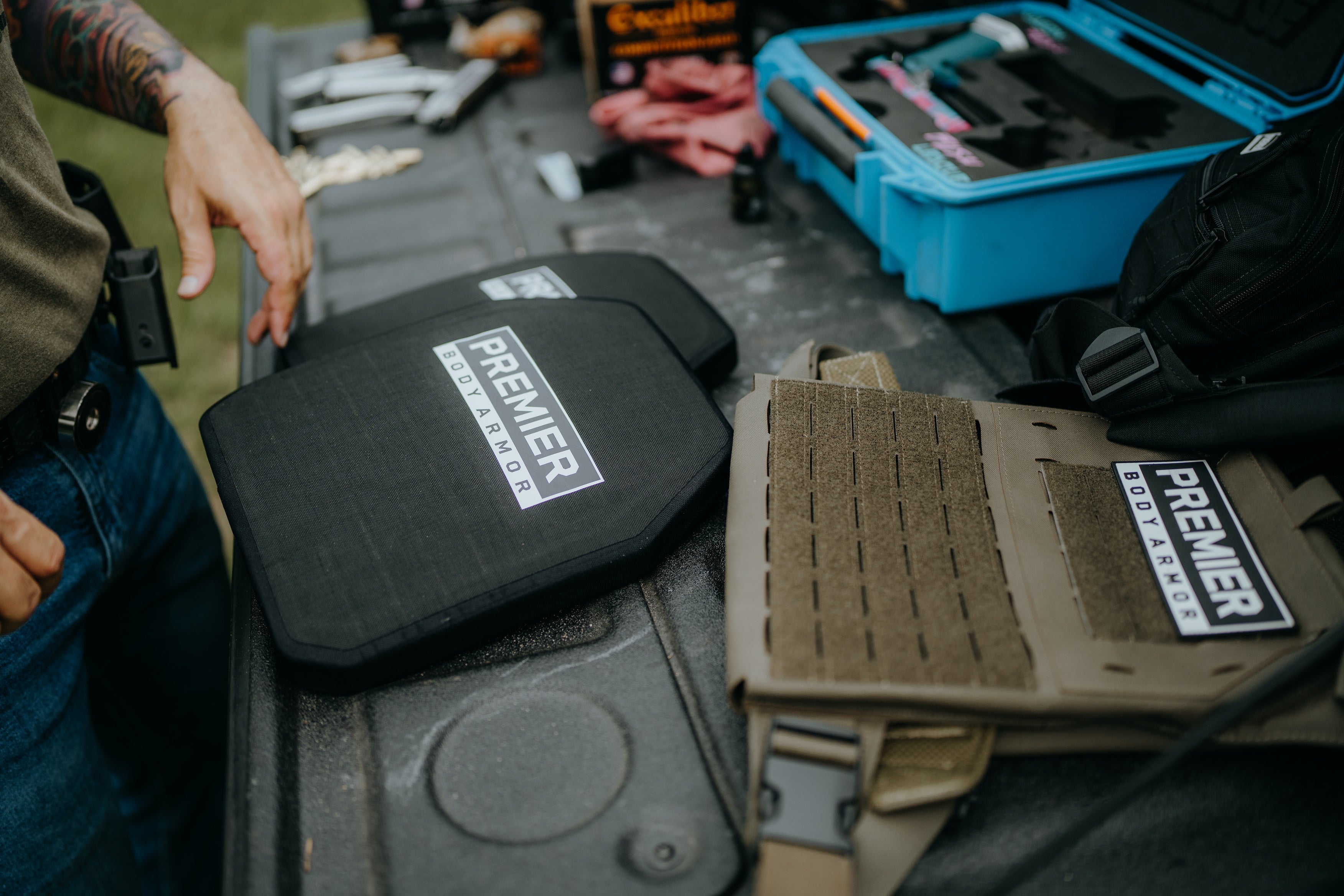
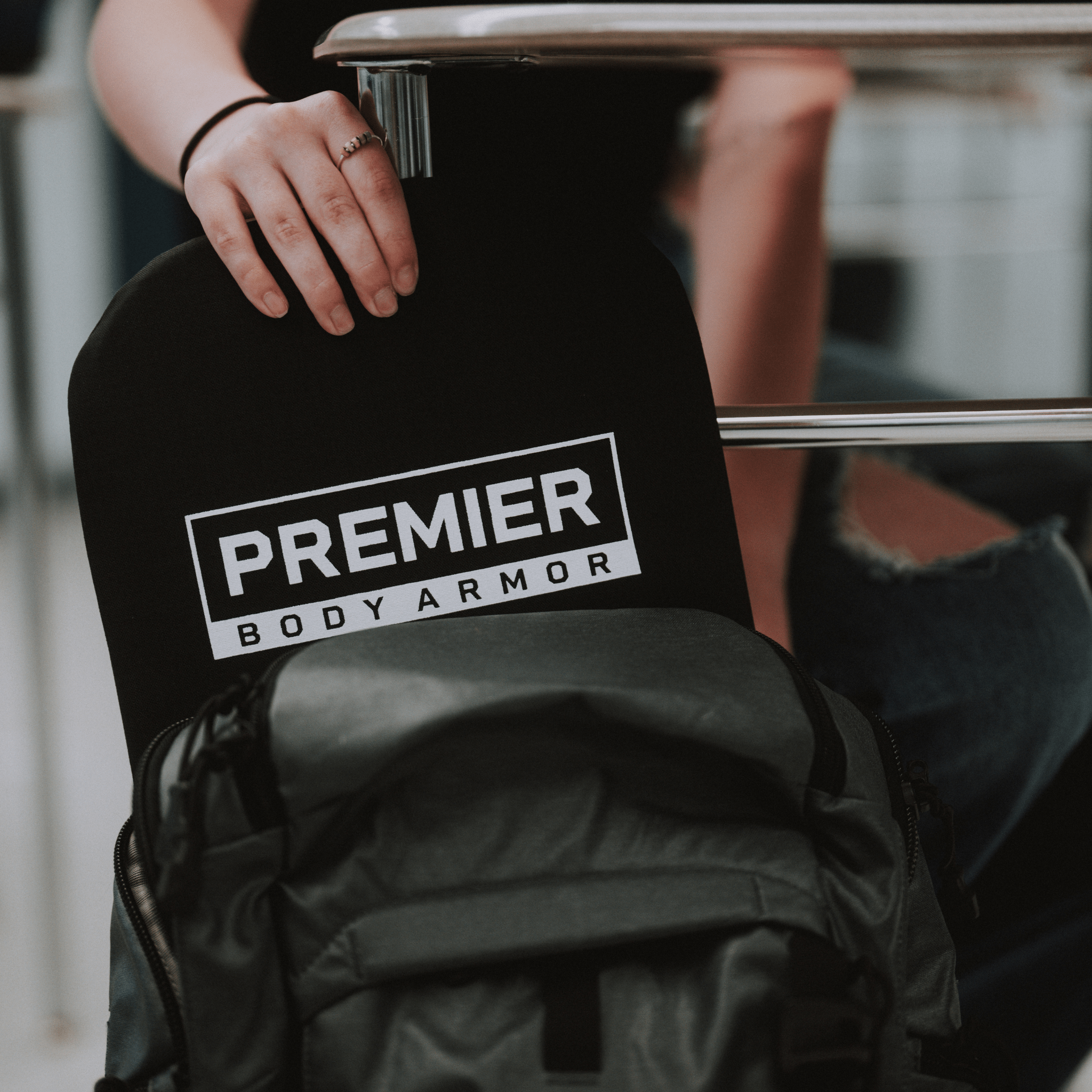
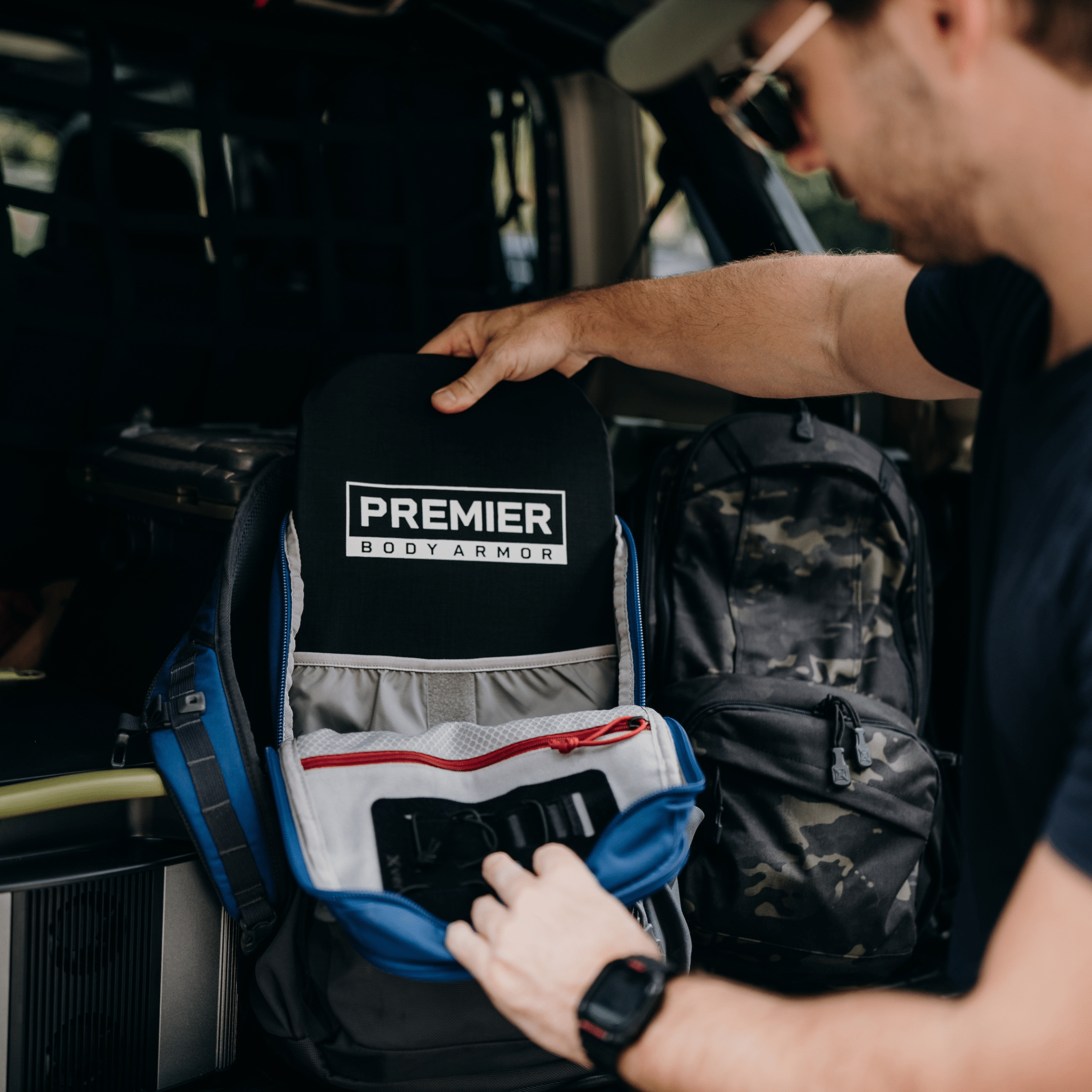
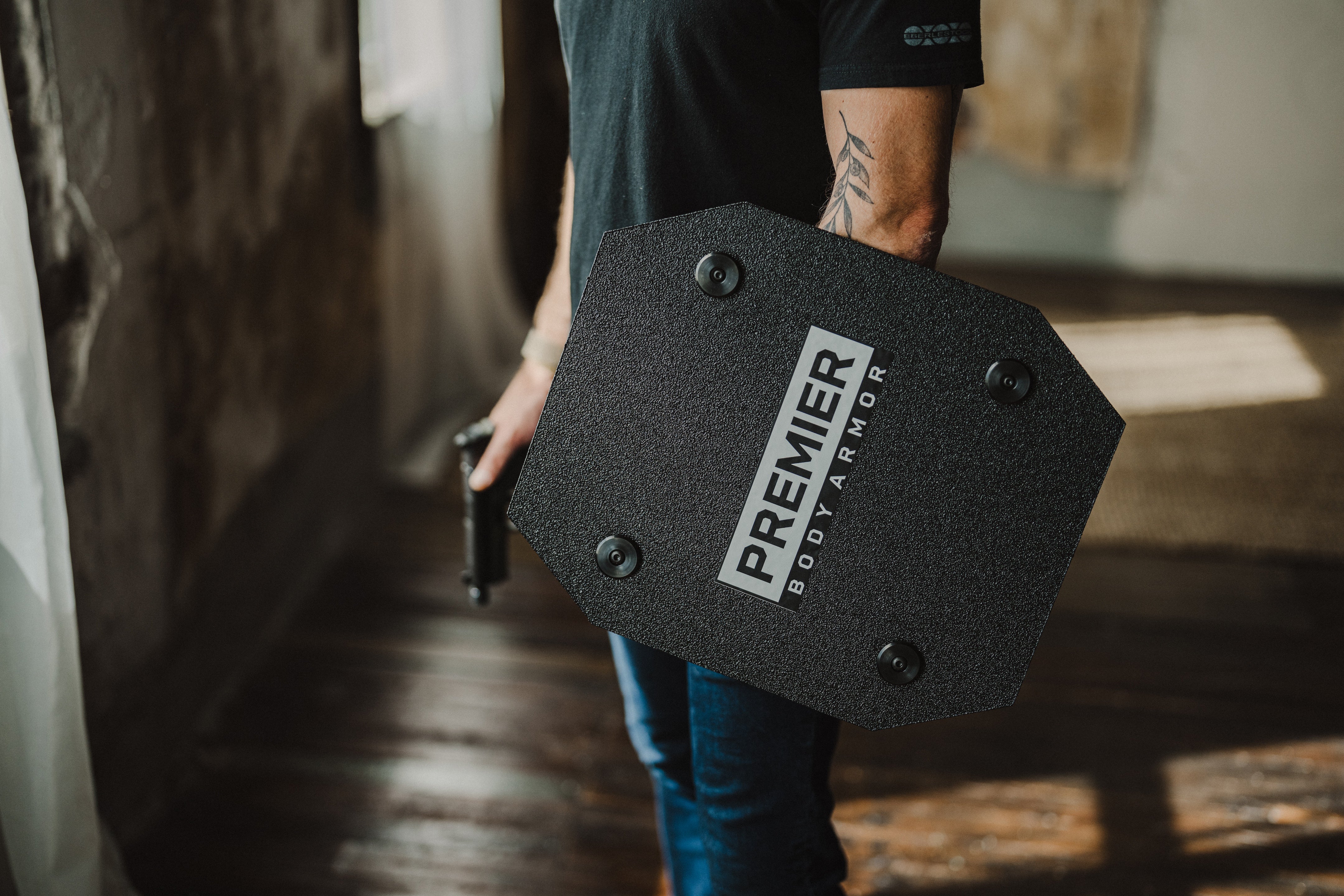





As a writer, I found this article very useful. Thank you for posting it.
I want this bullet proof
Leave a comment